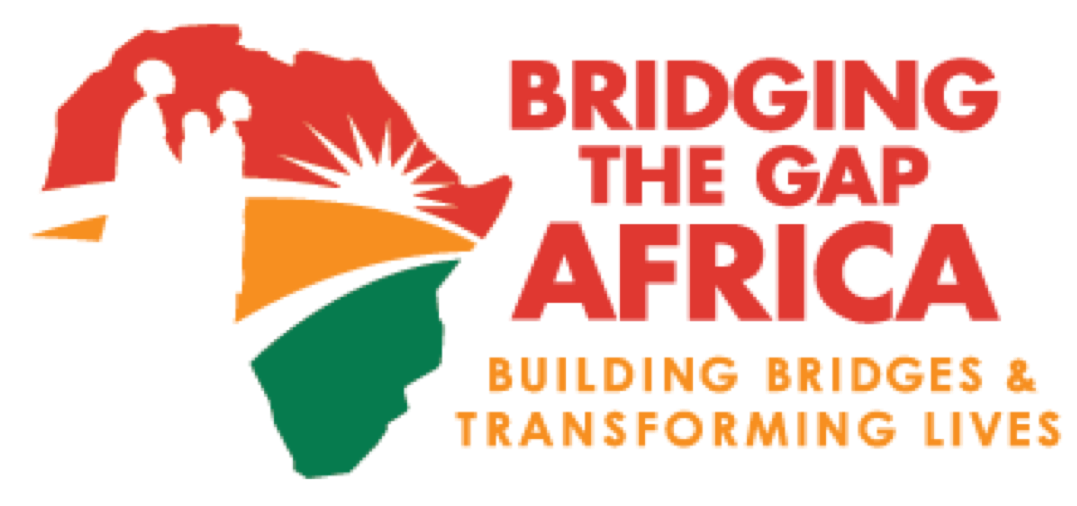Footbridges Save Lives by Preventing Animal Attacks
In Sub-Saharan Africa, footbridges save lives [literally] by preventing animal attacks. In Tanzania alone, nearly 100 people die each year due to hippo attacks. At Bridging the Gap Africa we have heard several stories from communities in need of bridges where loved ones have been lost due to hippo and crocodile attacks. We believe that communities should not have to put themselves at risk in order to cross a river to gain access to basic everyday needs like education, health care and commerce.
To raise awareness for this week’s social impact, Keith Holmes reflects on his experience living and working as a bridge engineer in Ethiopia and shares his recent account of a hike completed by MMM’s Vancouver Bridge group in support of our BE A BRIDGE fundraiser:
•••
As a Canadian engineer who once lived in Ethiopia and helped build bridges, supporting Bridging the Gap Africa feels like a good fit. For two years, I lived in Awassa, a small town by a lake in Ethiopia’s Southern Region. I worked alongside Ethiopian engineers, building bridges to connect communities and foster development. On weekends, my wife and I would explore past the town limits, sometimes across a makeshift footbridge over the Tiqur Wuha (“Black Water”) River.
Eventually that old bridge failed, and we resorted to simply wading across the river on foot. We were fortunate in that the water was shallow and the hippos in Lake Awassa didn’t travel up the river. We were told there were no crocodiles. My biggest concern was fresh water parasites, an unpleasant but treatable condition, at least for a “ferenji” (foreigner) with some money.
My wife Lori is leading the way across the Tiqur Wuha River, followed by close friends.
It is now 12 years later, and we are living in Vancouver. To be a bridge engineer in Canada has both benefits and challenges. But the memory of bridge work back in Africa still lingers. That work offered a profound satisfaction, probably because it appealed to more basic human needs. It meant helping a kid get to school safely. Or consider going to school at all.
So sign me up BtGA! This summer’s goal was to raise money to build a footbridge to a school for girls in Kenya. We planned a 10 km fundraiser hike that would pass through forests and creeks and eventually through the Lynn River. The river crossing was an essential part because it tied to a larger theme on the importance of footbridges. Of course, our river crossing couldn't actually be dangerous since this was a fundraiser and we wanted people to sign up!
So we planned a river crossing that was shallow and presented no risk of meeting a hippo or crocodile or parasite. At least the river was cold. Not dangerously cold of course. But cold enough to add to our “challenge”.
Sharon Hung crossing the Lynn River in North Vancouver.
Keith Holmes and Reid Coughlin braving the cold mountain water.
Fourteen of us gathered on a fine Saturday morning in early August. The group was made up of bridge engineers and technologists and their partners and kids. We showed up for good, honourable reasons. And we raised some money because people respected those good, honourable reasons. Our hike was nowhere near as hard and dangerous as what many people live with every day in Africa. But if all goes well, our hike will help make things a little less hard and dangerous for hundreds of girls in Kenya.
The MMM Vancouver bridge group during their hike for BE A BRIDGE.
Thank you to all who have donated in support of the Vancouver Hike!
CHOOSE A LINK BELOW TO SUPPORT:
BE A BRIDGE. A WALKING WORLD FUNDRAISER




